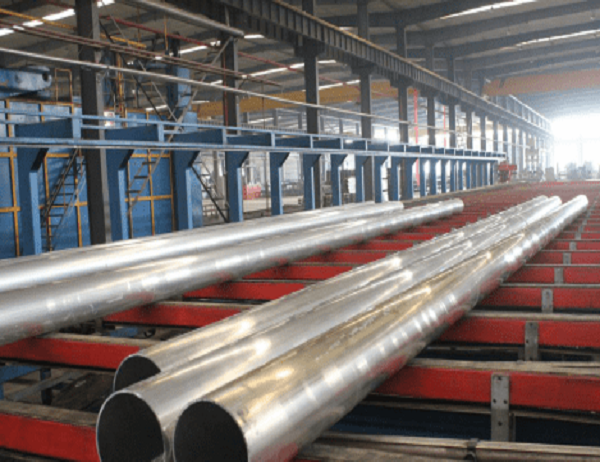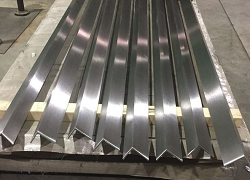The automotive industry is undergoing a significant transformation, driven by the need for improved fuel efficiency, reduced emissions, and enhanced safety. Aluminum extrusions are playing a pivotal role in this transition, offering a combination of lightweight, strength, and durability that is ideal for automotive applications.
Aluminum’s low density makes it an ideal material for reducing vehicle weight. By replacing steel and iron components with aluminum extrusions, manufacturers can achieve substantial weight savings. This weight reduction directly translates into improved fuel efficiency, reduced emissions, and increased vehicle range.
Despite its lightweight nature, aluminum extrusions possess exceptional strength and durability. The extrusion process creates a material with a high strength-to-weight ratio, making it suitable for demanding applications such as structural components, engine blocks, and chassis systems. Aluminum extrusions also resist corrosion and fatigue, ensuring long-term performance and reliability.
Aluminum extrusions are finding their way into a wide range of automotive applications, including:
Powertrains: Engine blocks, cylinder heads, intake manifolds
Chassis and Body: Frames, subframes, suspension components, crash structures
Interior: Door panels, dashboards, console trim
Exterior: Bumpers, hoods, roofs, window frames
Ongoing technological advancements are driving the development of new and improved aluminum extrusions for automotive applications. These advancements include:
Advanced Extrusion Technologies: New extrusion techniques, such as direct chill casting, enable the production of extrusions with complex shapes and tight tolerances.
Additive Manufacturing: 3D printing and other additive manufacturing processes allow for the creation of custom-designed extrusions that optimize performance and reduce waste.
Improved Alloys: Research and development efforts are focused on developing new aluminum alloys with enhanced strength and corrosion resistance, further expanding the potential applications of aluminum extrusions.
Aluminum is a highly sustainable material that can be recycled indefinitely. Automotive aluminum extrusions can be easily recycled at the end of their life, reducing environmental impact and conserving natural resources.
The future of automotive aluminum extrusions is bright, with continued advancements in technology and a growing demand for lightweight, efficient, and durable materials. As the automotive industry embraces electrification and sustainable practices, aluminum extrusions will play an increasingly critical role in shaping the vehicles of the future.



